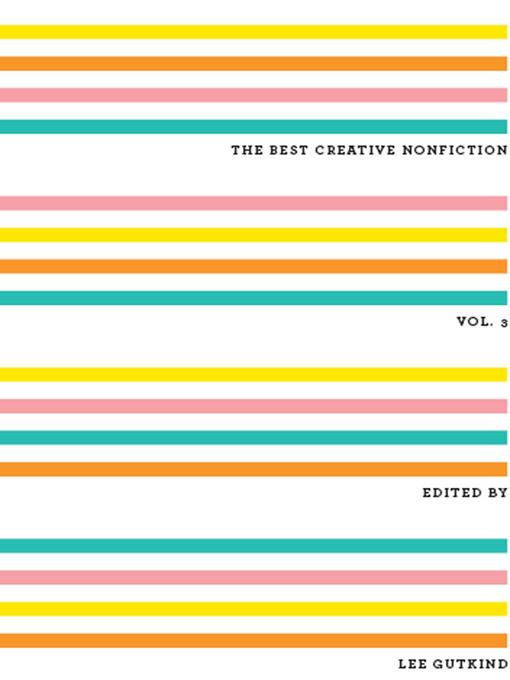
The Best Creative Nonfiction (Volume 3)
- اطلاعات
- نقد و بررسی
- دیدگاه کاربران
نقد و بررسی

May 25, 2009
With the big subjects of life and death framing the smaller frustrations of everyday existence, this third volume in the Creative Nonfiction series showcases a type of journalism that in many ways is informed by cutting-edge media. Indeed, of the 25 essays reprinted, one-quarter first appeared on the Web. As diverse as the subjects are, so are the writers represented. Likewise, there is a range in length, from blogs under one page to 20-page narratives. Predictably, the essays also display varying levels of inspiration and sparkle. Among the standouts is five-time Pushcart winner Brenda Miller on a girl's changing relationship with her body as she grows into womanhood; Edwidge Danticat on an uncle's love of the ultimate expletive; an emotional “Letter from a Japanese Crematorium” by Marie Mutsuki Mockett; a family car deal gone awry by Margaret Conway; an exploration of the meaning of the mass murders at Virginia Tech through the sad eyes of gunman Seung-Hui Cho by Wesley Yang. The energetic Gutkind (Almost Human
) edits his lean anthology with panache and gusto.

June 1, 2009
Creative nonfiction is writing that is factually accurate and composed with attention to literary style and technique. Gutkind, editor of all three volumes of "The Best Creative Nonfiction", describes creative nonfiction as a form originating in journalism that "allows writers to tell storiesconfessions, explorations, apologies." In this third volume, Gutkind contends that all the "writers]collected here grapple with life" through "the careful use of words." The contributors explore a wide range of topics. For example, in "Literary Murder," Julianna Baggott describes the creation of a novel based on her family's history. In "Letter from a Japanese Crematorium," Marie Mutsuki Mockett explains the importance of preserving some bone during the cremation process and reveals her resistance to being labeled an outsider by her Japanese relatives. Finally, Dawnelle Wilkie presents a factual account of aborting a fetus in "What Comes Out." VERDICT For the most part, the writing in this collection is powerfulthe essays and blogs entertain, inform, and inspire. Followers of contemporary issues presented in compelling prose will devour.Kathryn R. Bartelt, Univ. of Evansville Libs., IN
Copyright 2009 Library Journal, LLC Used with permission.




دیدگاه کاربران